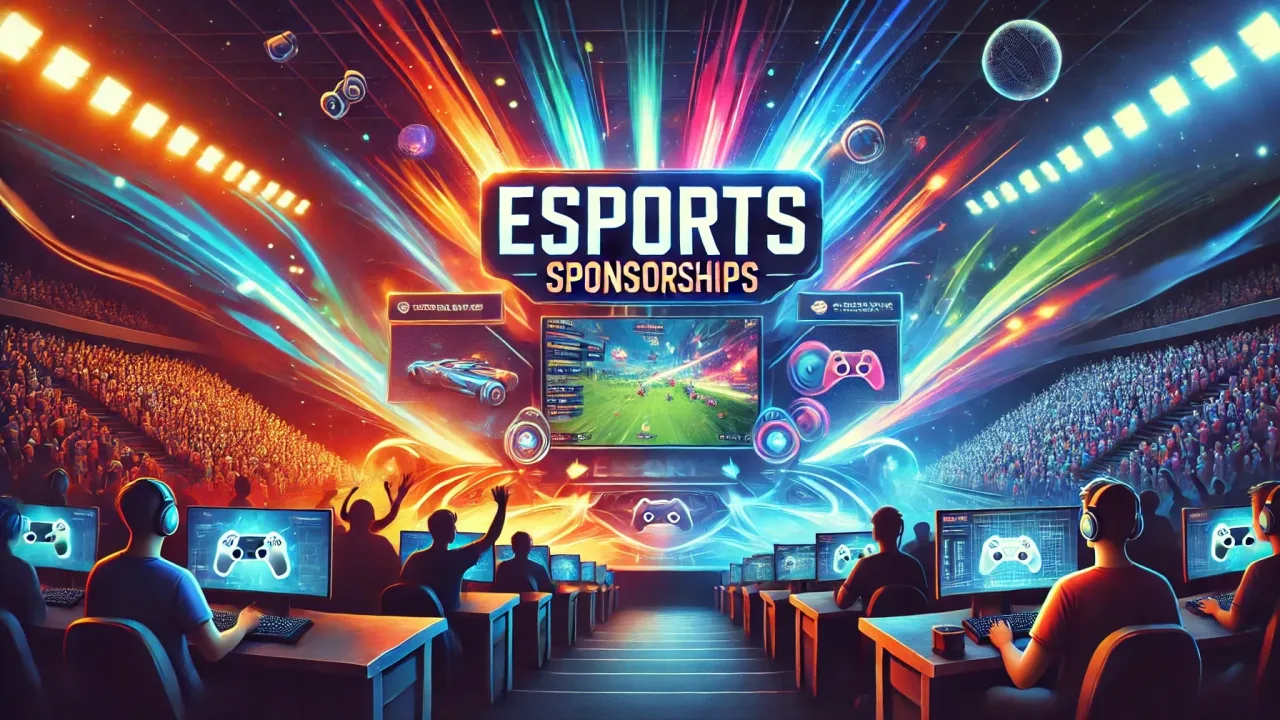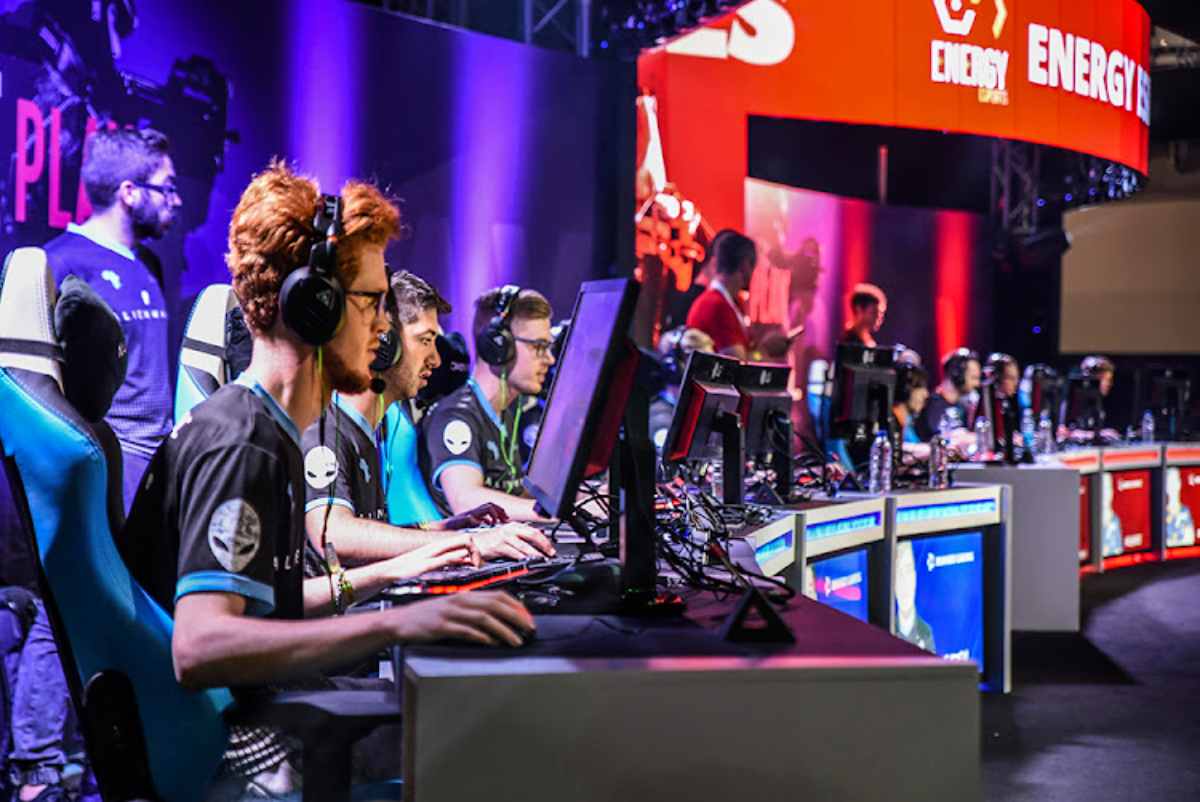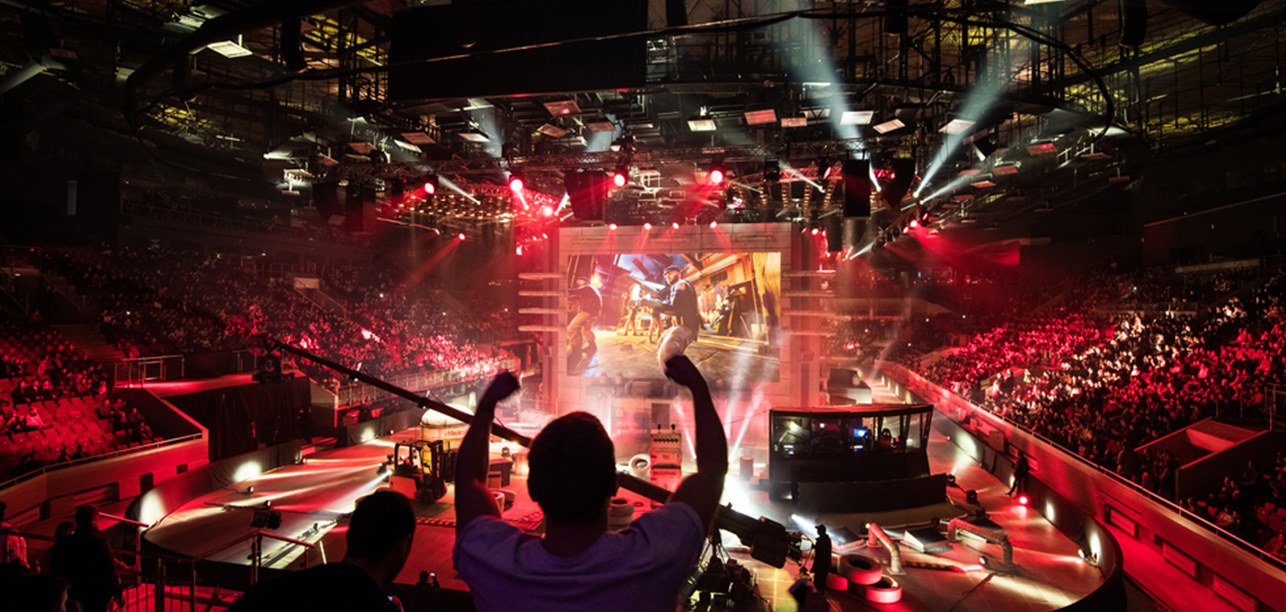
How Brands Are Investing in Esports Sponsorships
Esports has changed a lot. What once was a small hobby is now a global sensation. Millions of fans are drawn in, and it makes a lot of money. Brands see esports sponsorships as a smart way to invest. This growth shows their potential for profit. This blog looks at how brands are investing in esports sponsorships. It discusses the impact of these investments and what they mean for the industry’s future.
Esports sponsorship deals are now vital in the gaming world. They give brands a special way to connect with a varied and engaged audience. Companies are teaming up with major gaming brands and using smart sponsorship strategies. They are getting creative in how they fit into the esports world. This blog will explore how companies sponsor esports. It will also highlight the benefits they gain from these partnerships.
Key Benefits / Why It Matters

The Relevance of Esports Sponsorships
Esports sponsorships are not just about brand visibility. They represent a strategic alignment with a rapidly growing industry. The global esports market is projected to surpass $1.5 billion by 2024, driven by a passionate fan base and increasing media rights deals. Brands that invest in esports sponsorships reach a young, tech-savvy audience. This group can be hard to connect with using traditional ads.
Real-Life Applications and Data-Backed Insights
Coca-Cola, Intel, and Red Bull lead in esports sponsorships. They use these partnerships to boost brand loyalty and connect with fans. Coca-Cola’s partnership with the League of Legends World Championship connects the brand to millions of fans globally. This builds a strong community and shared experience.
Newzoo, a top esports analytics provider, shows that 70% of esports fans are aged 18-34. This group is appealing for brands wanting to build lasting customer ties. Esports fans are very engaged. They spend hours watching live streams and interacting with content. This gives brands many chances for meaningful connections.
Step-by-Step Guide / Actionable Insights
Understanding the Esports Ecosystem
To successfully invest in esports sponsorships, brands must first understand the ecosystem. This means finding important groups like teams, leagues, and event organisers. It also includes the different platforms where people watch esports content.
Identifying the Right Partners
Brands need to research potential partners. This helps them find those who share their values and target audience. This might mean working with esports teams that have a similar brand. It could also involve sponsoring events that draw in the right audience.
Crafting a Compelling Sponsorship Proposal
A well-crafted sponsorship proposal is crucial in securing valuable partnerships. Brands should clearly outline their objectives, the benefits they offer, and how they plan to activate the sponsorship. This could include branded content, social media campaigns, or on-site activations at events.
Leveraging Technology and Innovation
Esports sponsorships let brands use new technology to improve their marketing. Virtual reality (VR) and augmented reality (AR) are now popular tools. They create immersive experiences that engage audiences. These technologies also offer a fresh way for brands to tell their stories.
Integrating with Streaming Platforms
Platforms like Twitch and YouTube Gaming are central to the esports experience. They provide brands with direct access to a global audience. Brands can connect with these platforms. This lets them create interactive campaigns that engage viewers right away. It fosters a deeper connection with the audience.
Additional Expert Tips & Common Mistakes to Avoid
Best Practices Beyond the Basics
To boost the impact of esports sponsorships, brands should be real and engage with the community. Fans are highly discerning and can easily spot inauthentic marketing efforts. Brands that connect with the community and support grassroots efforts will resonate more with fans. They help the esports ecosystem grow.
Common Mistakes and Misconceptions
A common mistake brands make is seeing esports sponsorships as a short-term marketing push. Instead, they should view them as a long-term investment. To succeed in esports, you must engage consistently. It’s also important to understand the industry’s nuances.
A common misconception is that esports sponsorships only matter for tech or gaming brands. Many industries, like fashion and finance, succeed in esports sponsorships. They do this by adapting to the unique traits of the esports audience.
Advanced Insights / Expert Recommendations
Unique Industry Perspectives
The esports industry is always changing. Brands need to keep up with new trends and adjust their strategies. One such trend is the rise of mobile esports, which is gaining popularity in regions like Southeast Asia and Latin America. Brands that recognise this shift and invest in mobile esports sponsorships can tap into new markets and expand their reach.
Lesser-Known Insights
Esports sponsorships let brands connect with female gamers. This group is often ignored in traditional sports marketing. Supporting female-led teams and tournaments helps brands promote diversity and inclusion. This boosts their reputation and makes them more appealing.
Brand Sponsorships in Esports

In conclusion, esports sponsorships offer brands a chance to connect with a dedicated audience. This field is always changing and growing. Brands can build strong partnerships in esports. They should understand the esports ecosystem. Crafting appealing sponsorship proposals is key. Also, using technology helps enhance these partnerships. This approach drives brand loyalty and growth.
As esports grows, brands that invest in real, long-term sponsorships can tap into its huge potential. If you’re a brand wanting to join esports or a pro wanting to improve your strategy, now is the time to invest in esports sponsorships.
Are you ready to take your brand to the next level in the world of esports? Explore the possibilities and start building your esports sponsorship strategy today.


